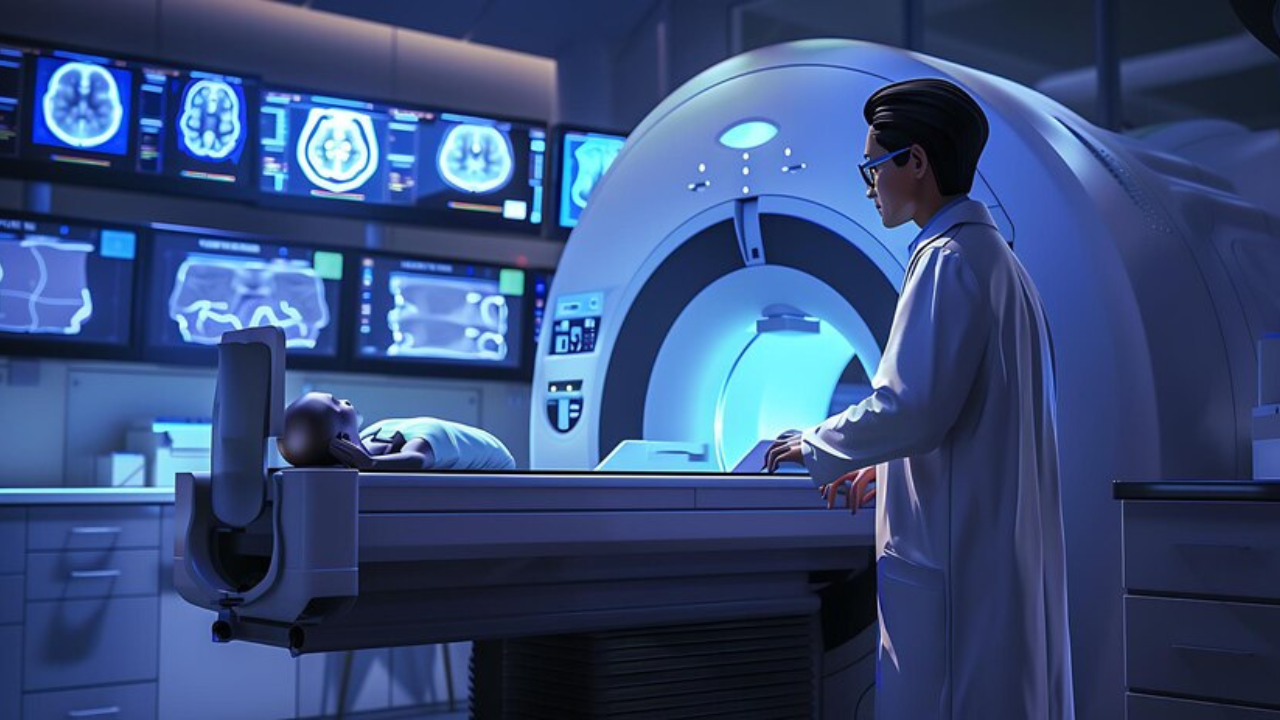Imagine a world where diagnosing medical conditions is not only faster but also more accurate than ever before. Welcome to the realm of Ascalon Scans, a groundbreaking innovation in imaging technology that’s transforming diagnostics as we know it. Traditional methods have long been the backbone of medical imaging, providing critical insights into patients’ health. However, Ascalon Scans are stepping onto the scene with remarkable advancements that promise to enhance both patient care and clinical outcomes. Dive into this exciting journey as we explore how these scans are revolutionizing healthcare and what they mean for the future of diagnostics.
What sets Ascalon Scans apart from traditional imaging methods?
Ascalon Scans represent a significant leap forward in the field of medical imaging. Unlike traditional methods, which often rely on radiation or invasive procedures, Ascalon Scans utilize advanced optical technology. This non-invasive approach minimizes patient discomfort and exposure to harmful substances.
The precision of Ascalon Scans is noteworthy. They provide high-resolution images that reveal intricate details within tissues. Traditional imaging sometimes misses these subtleties, leading to misdiagnoses or delayed treatments.
Additionally, Ascalon Scans offer real-time analysis capabilities. Physicians can interpret results instantly rather than waiting for hours or days as with conventional scans. This rapid response enhances decision-making processes and improves patient outcomes significantly.
Moreover, their user-friendly interface simplifies operation for healthcare providers. The streamlined workflow not only saves time but also allows for greater focus on patient care rather than technical complications inherent in older systems.
Advancements in Imaging Technology and Their Impact on Diagnostics
The landscape of imaging technology is evolving rapidly. Ascalon scans represent a significant leap forward in this field. Unlike traditional methods, these scans harness advanced algorithms and artificial intelligence to analyze images with incredible precision.
This innovation allows for early detection of diseases that were previously challenging to identify. Medical professionals can now interpret complex data more efficiently, leading to faster diagnoses and treatment plans.
Moreover, the integration of 3D visualization enhances understanding. Physicians can explore structures in detail, improving patient outcomes through personalized care strategies.
As technology continues to advance, the potential for even greater accuracy grows. This transformation could redefine standards in diagnostics and elevate healthcare quality across the board. The implications are profound—saving time and lives while reducing costs associated with misdiagnosis or delayed treatments.
The Benefits of Ascalon Scans for Patients and Healthcare Professionals
Ascalon scans offer numerous benefits to both patients and healthcare professionals. For patients, the primary advantage lies in enhanced accuracy. These advanced imaging techniques provide clearer and more detailed images, facilitating earlier detection of health issues.
Healthcare professionals benefit from faster processing times. With quicker results, they can make informed decisions promptly, leading to timely interventions that could be life-saving.
Patients also experience less discomfort during procedures compared to traditional methods. Ascalon scans prioritize a patient-friendly approach without compromising diagnostic quality.
Moreover, these scans reduce the need for invasive procedures. This means fewer risks and lower anxiety levels for patients facing uncertainty about their health conditions.
For healthcare providers, reduced costs associated with misdiagnoses are significant. By utilizing Ascalon scans effectively, they can enhance overall care delivery while optimizing resources within their practice settings.
Real-life Case Studies of Successful Diagnoses with Ascalon Scans
The impact of Ascalon scans can be seen through various real-life cases. One notable instance involved a patient who struggled with persistent headaches and unexplained dizziness. Traditional imaging methods failed to pinpoint the issue, but an Ascalon scan revealed a hidden vascular anomaly that required immediate attention.
Another success story features a young athlete experiencing severe joint pain. Initial X-rays showed no significant issues, leaving doctors puzzled. An Ascalon scan provided detailed insights into soft tissue damage that was overlooked by conventional techniques, leading to targeted treatment and a swift return to sports.
These examples illustrate how Ascalon scans not only enhance diagnostic accuracy but also provide crucial information that can change treatment plans drastically. By uncovering problems hidden from view, these advanced imaging techniques pave the way for more effective healthcare solutions tailored to individual patients’ needs.
The Future Possibilities of Ascalon Scans in the Medical Field
Ascalon scans are poised to transform the medical landscape in exciting ways. With ongoing research, future iterations may enhance their sensitivity to detect diseases at earlier stages.
Imagine a world where these advanced imaging techniques can identify conditions that were once difficult to diagnose. The potential for precision medicine could allow practitioners to tailor treatments based on individual needs more effectively than ever before.
Moreover, integrating artificial intelligence with Ascalon scans might streamline diagnostic processes. AI can analyze vast amounts of data quickly, identifying patterns that human eyes might miss.
Telemedicine is another exciting frontier. Remote access to Ascalon scan results could facilitate quicker consultations and improved patient care, regardless of geographical barriers.
The possibilities extend into preventative healthcare as well; regular screenings via Ascalon technology might empower individuals and doctors alike by catching health issues before they escalate into serious concerns.
These advancements hint at a future where timely diagnostics lead not just to better treatments but also healthier lives overall.
Conclusion:
The potential of Ascalon scans in the medical field is truly transformative. As technology continues to evolve, so do the capabilities of these advanced imaging techniques. Patients can expect quicker diagnoses and more personalized treatment plans.
Healthcare professionals will benefit from enhanced accuracy and efficiency, leading to improved patient outcomes. The integration of artificial intelligence and machine learning with Ascalon scans opens doors for predictive analytics in diagnostics.
As we look ahead, the application possibilities seem endless—from early detection of diseases to monitoring chronic conditions with unprecedented precision. The promise that Ascalon scans hold could change how we approach healthcare entirely, making it a fascinating area for both research and development.
Anticipation surrounds further advancements that may come as this innovative technology gains traction in hospitals around the world. With every new discovery, we move closer to a future where diagnostics are not just effective but also seamlessly integrated into everyday medical practices.











